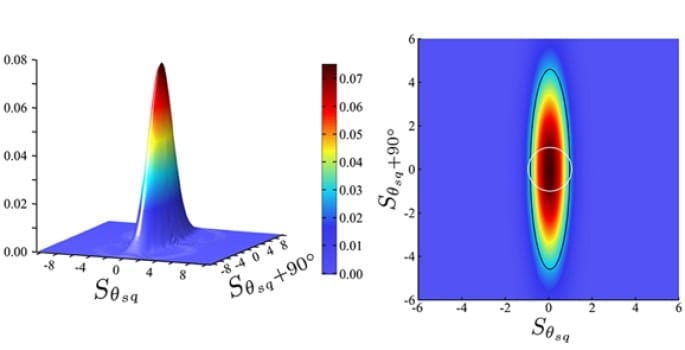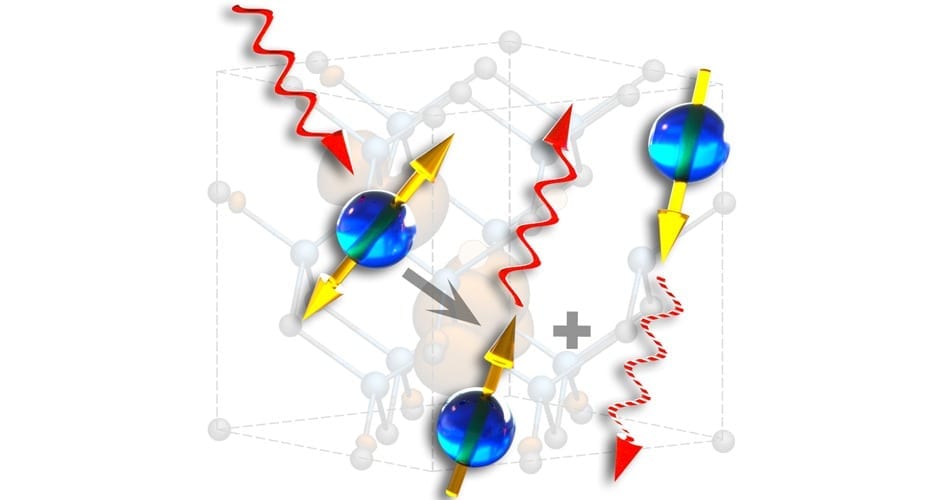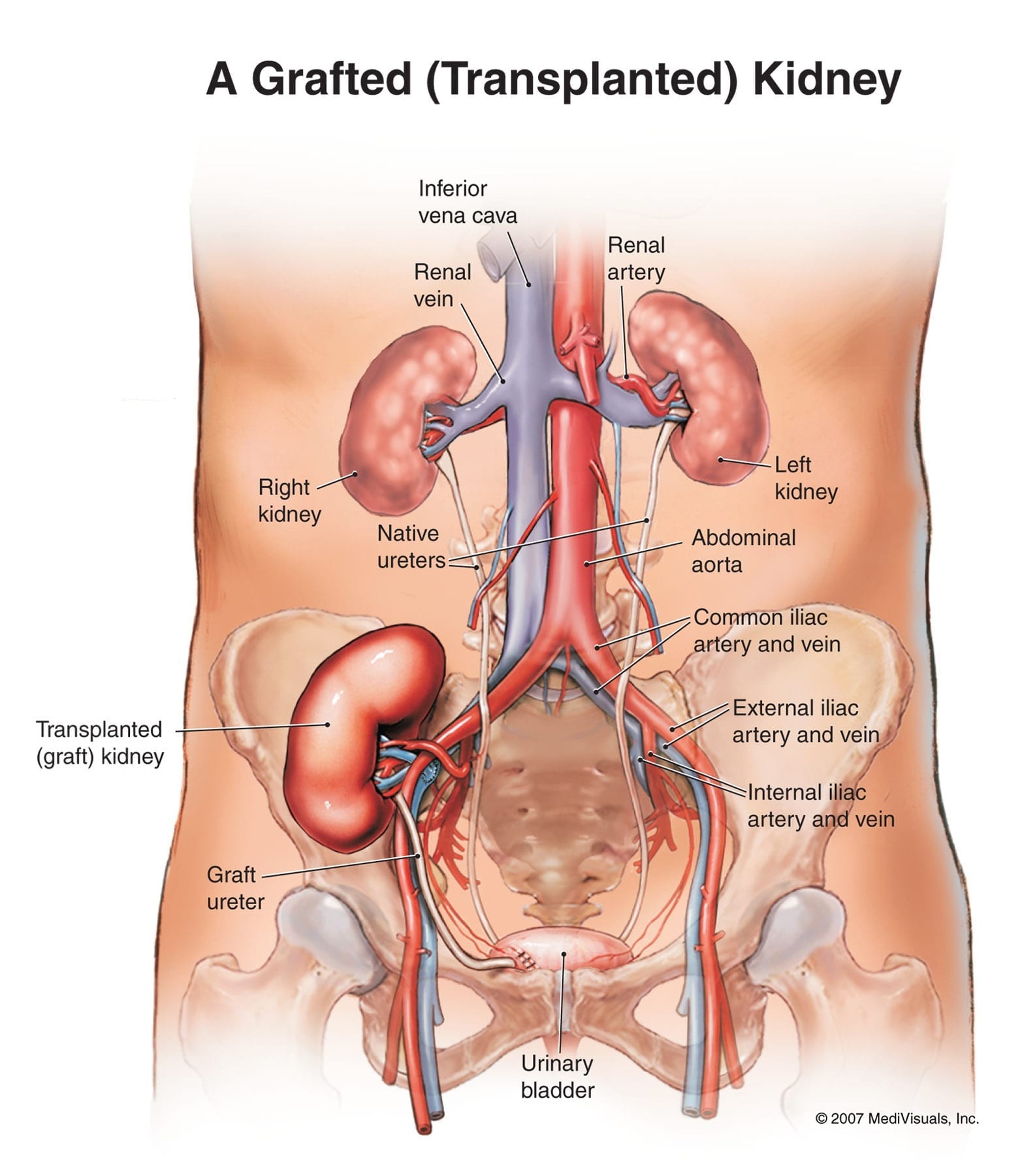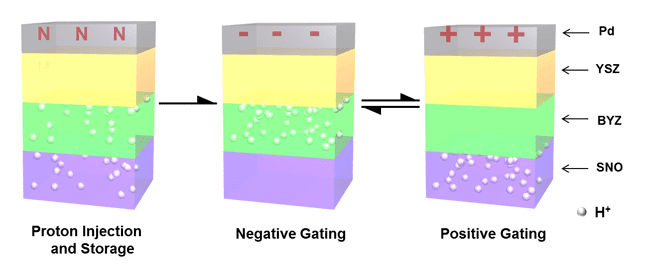
Credit: MPI for the Science of Light
Scientists have sent a pulse of bright light in a particularly sensitive quantum state through 1.6 kilometers of air. This quantum state, which they call squeezed, was maintained, which is something many physicists thought to be impossible. Eavesdropping on a message protected by quantum cryptography cannot be done without being noticed.
It could be difficult for the NSA to hack encrypted messages in the future — at least if a technology being investigated by scientists at the Max Planck Institute for the Science of Light in Erlangen and the University Erlangen-Nürnberg is successful: quantum cryptography. The physicists are now laying the foundation to make this technique, which can already be used for the generation of secret keys, available for a wider range of applications. They are the first scientists to send a pulse of bright light in a particularly sensitive quantum state through 1.6 kilometres of air from the Max Planck Institute to a University building. This quantum state, which they call squeezed, was maintained, which is something many physicists thought to be impossible.
Using flashes of bright light for quantum communication through the atmosphere would have several advantages compared to the technique usually used today: it allows the photon packets to be transmitted in sunlight, something that is challenging with individual photons. Moreover, the receivers required for this are already presently in use for optical telecommunication via fibre optics and also via satellite.
Eavesdropping on a message protected by quantum cryptography cannot be done without being noticed. This is because quantum physics prevents a spy from reading a key which is encoded by specific quantum states without influencing these states. This can be exploited in a clever procedure for exchanging the key with which the data is encrypted, so that an unwelcome listener is not only detected, but is also prevented from accessing the information.
The quantum-protected communication is a fragile thing, however, and easily disturbed. All the more remarkable is the work of the Erlangen-based scientists working with Gerd Leuchs, Director at the Max Planck Institute for the Science of Light and professor at the University Erlangen-Nürnberg: “We have now succeeded in transmitting a flash of light, namely a pulse which contains many photons, through the atmosphere in a particularly sensitive quantum state,” says Christian Peuntinger, who played an important role in the project. He and his colleagues sent a photon packet in a straight line from the roof of the Max Planck Institute in Nuremberg to the building of the University Erlangen-Nürnberg some 1.6 kilometres away. “This even works in broad daylight,” says Christian Peuntinger.
The Latest on: Quantum communication
[google_news title=”” keyword=”Quantum communication” num_posts=”10″ blurb_length=”0″ show_thumb=”left”]
via Google News
The Latest on: Quantum communication
- Quantum Entanglement: Exploring the Language of the Universeon April 27, 2024 at 7:53 pm
In the vast expanse of the cosmos, where distances stretch across billions of light-years and time flows endlessly, communication takes on a profound significance.
- Unveiling a new quantum frontier: Frequency-domain entanglementon April 26, 2024 at 9:03 am
Scientists have introduced a form of quantum entanglement known as frequency-domain photon number-path entanglement. This advance in quantum physics involves an innovative tool called a frequency beam ...
- Hickenlooper pushes to keep Colorado's lead in quantum developmenton April 26, 2024 at 3:43 am
Senator John Hickenlooper met with entrepreneurs, investors, and industry leaders in quantum technology Thursday for a panel discussion at the National Cybersecurity Center in Colorado Springs.
- Space Age Security: How Satellites Could Extend Quantum Encryption Globallyon April 25, 2024 at 12:11 am
Quantum cryptography enables secure communication over large distances. How can we guarantee that data sent over the internet is only accessible to its intended recipient? Currently, our data is ...
- Why Banks Should be Taking Quantum Security Very Seriouslyon April 23, 2024 at 5:00 pm
Leading the charge in the financial sector, The Bank for International Settlements (BIS) announced Project Leap, a quantum-resistant secure communication channel between the Banque de France and ...
- Is Your Digital Security Quantum Resilient?on April 23, 2024 at 5:16 am
Quantum computing's immense processing capability poses a potential risk to digital identity cryptographic signatures, foundational to online transactions and communications secur ...
- Breakthrough in Quantum Cloud Computing Ensures its Security and Privacyon April 22, 2024 at 6:33 am
Businesses are one step closer to quantum computing thanks to a breakthrough made in its security by scientists at Oxford University.
- Quantum Communication Breakthrough: Combatting Disruptive ‘Noise’on April 19, 2024 at 7:34 pm
In a significant milestone for quantum communication technology, an experiment has demonstrated how networks can be leveraged to combat disruptive ‘noise’ in quantum communications. The international ...
- Quantum Internet Unleashed With HiFi’s Laser Breakthroughon April 18, 2024 at 3:02 am
Fraunhofer IAF achieves record output power with VECSEL for quantum frequency converters. The expansion of fiber optics is progressing worldwide, which not only increases the bandwidth of conventional ...
- Crucial connection for 'quantum internet' made for the first timeon April 16, 2024 at 8:37 am
Researchers have produced, stored, and retrieved quantum information for the first time, a critical step in quantum networking.
via Bing News










